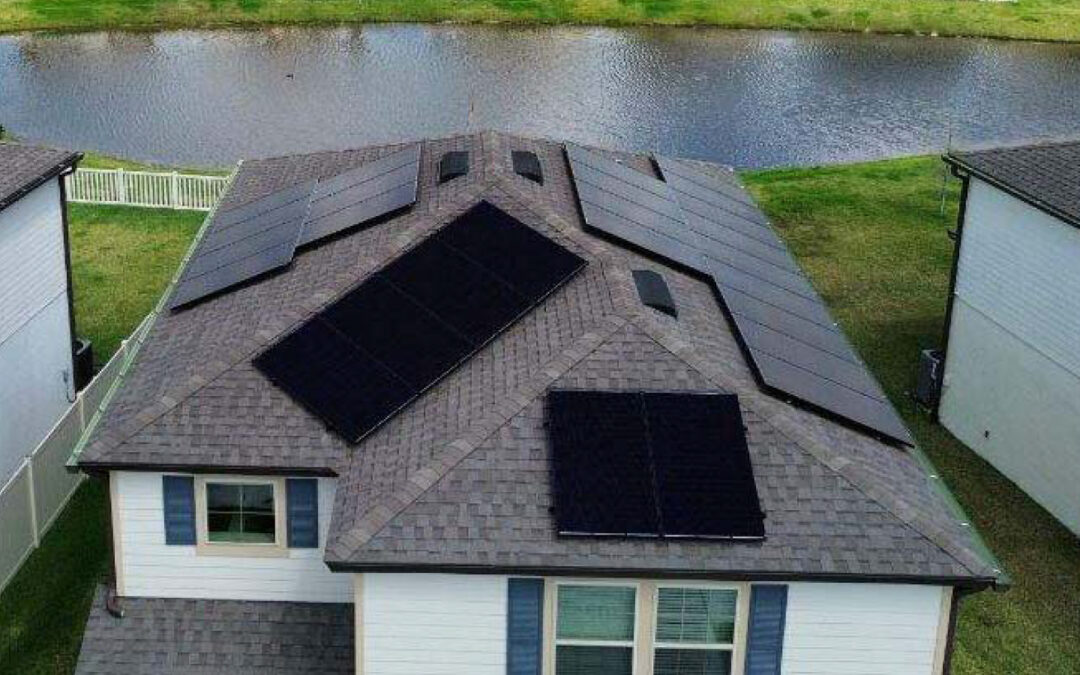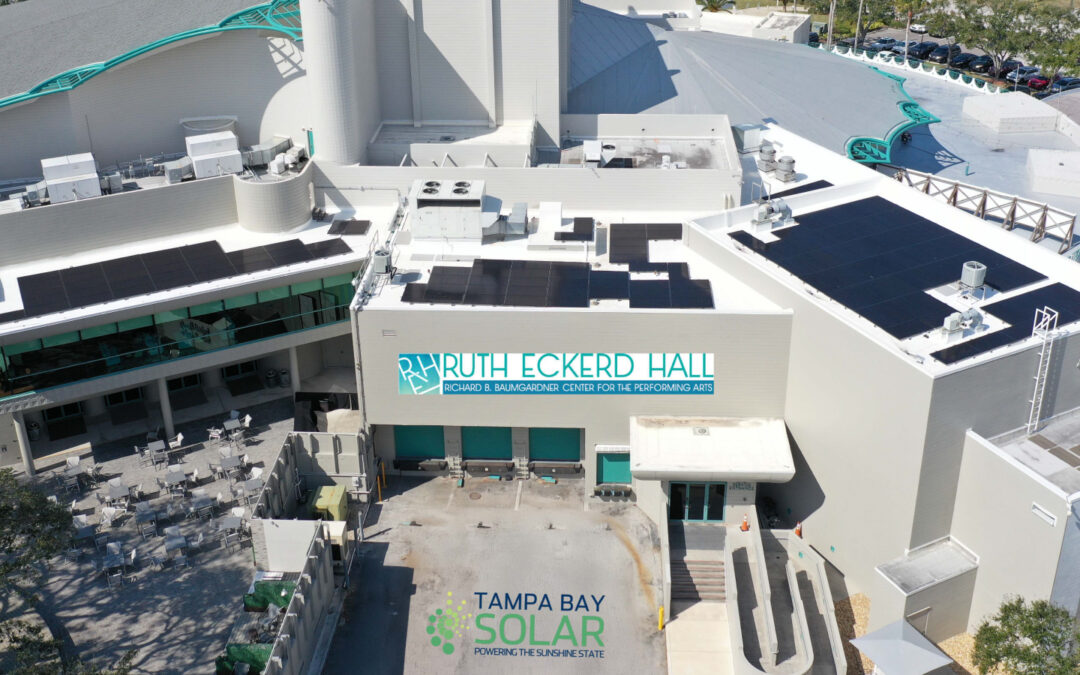If you own a home in Florida and you don’t have solar panels yet, you might want to consider investing in them now. Electric costs are increasing — and will continue to rise — over the next decade.
Here are three major reasons why:
No. 1: Nine Hundred People Move to Florida Every Day
Yes, you read that correctly — 900 people move to Florida every day.
Residential construction is booming across Florida. In 2019, Pasco County issued building permits for $800 million in new residential construction. This not only means an increase in demand for electricity, but it also means electric companies will have to build additional generation capacity to keep pace — and then these costs will be passed along to the consumer.
No. 2: By 2022, There Will Be 60+ Plug-in Electric Vehicle Models Offered in the United States
As electric vehicles continue to become readily available across the nation, expect to see a hike in energy costs. Here’s why:
On average, electric vehicles use between 20 and 30 kilowatts of electricity per day. Compare that to what the average single-family home in Florida uses per day — 50 kilowatts — and it’s easy to see how quickly this can add up. Even a family with just two plug-in electric cars could easily double their electricity usage.
So, what does the market for electric vehicles currently look like? High-end luxury car manufacturers like Jaguar, Porsche and Audi have been losing market share to Tesla, so these manufacturers are now selling high-end electric vehicles to compete more effectively.
Plus, the largest automakers in the world are collectively spending over $18 billion on research and development to develop lighter and more efficient batteries for electric vehicles. GM recently introduced a new “Ultium” battery platform, which uses packs of lightweight batteries that start at 200 kilowatts with a range of 400 miles per charge. The Ultium platform is also versatile; it can be used with all the current GM models, from small passenger cars to large SUVs.
All of this being said, some consumers will still shy away from the higher cost of brand new electric vehicles. However, over the next couple of years, many of those vehicles will go on sale as used, at a much lower cost. Drivers under the age of 30 are a particularly enthusiastic demographic for used electric vehicles, and many consumers in this age group will drive used electric cars for environmental and practical reasons.
These environmental reasons bring to light another factor in the widespread adoption of plug-in electric vehicles: The large number of drivers who currently own hybrid cars. Many hybrid car drivers want to reduce their carbon footprint and enjoy the reduced gas costs of cars like the Toyota Prius hybrid. These drivers are also more likely to test drive and purchase a full electric vehicle as their next car.
Some hybrid car drivers are still worried about the range of electric cars currently on the market, which is only about 200 to 300 miles per charge. But in the next few years, expect to see electric cars with 500-mile ranges sold on the used car market, for the same price as a used Toyota Camry today. These longer ranges — coupled with the charging stations that continue to crop up across the country — will reduce most consumers’ fears about making a long haul in an electric car. Although drivers can already use apps like ChargePoint and Electrify America to easily locate one of the thousands of charging stations, expect to see more charging stations at hotels in the future — this will allow drivers on cross-country road trips to drive all day and charge up while they sleep.
No. 3 On a National Level, 37% of Our power Grid is Fueled by Natural Gas
As of 2019, natural gas prices are at the same price (per therm) as 1999. Part of this low price is due to the discovery of massive natural gas deposits 7,000 feet underneath the Marcellus Shale in Pennsylvania. However, low natural gas prices will eventually climb — not only because of global demand but also because the Marcellus Shale gas deposits are finite. As natural gas becomes more expensive, so too will the price per kilowatt for all electricity.
Another factor that will increase electric prices over the next decade is general inflation; the costs that the electric utilities pay for labor and equipment will certainly go up, and much of the existing power grid infrastructure and equipment is 30 to 40 years old and will need to be replaced in the coming years.
Take Control of Your Energy Costs with Solar Panels
So, electricity demand is skyrocketing and — thanks to higher natural gas costs and inflation — so are your energy costs. Now what?
This is where solar panels change everything.
If you buy solar today, you are locking in the price of your energy for the next 30 years. Plus, at Tampa Bay Solar’s current pricing, a standard rooftop solar array will pay for itself four times over by 2050 — even if prices stay at 2020 levels!
As a consumer, you can take control of your energy costs by installing solar on your home now, instead of wasting $150 per month by sending it to the electric company. If you own a Florida home with high sun exposure on your roof, your solar panel array will pay for itself, at current electricity prices, in 7 years.
Plus, installing solar panels on your roof increases the resale value of your home: Zillow did a comprehensive study that showed homes with rooftop solar panels sold for 4% over market value. So, even if you only plan to live in your current home for the next 3 to 5 years, solar panels are still a wise investment.
Why wait? Contact Tampa Bay Solar to request your free energy audit and learn how to take control of your energy costs.




